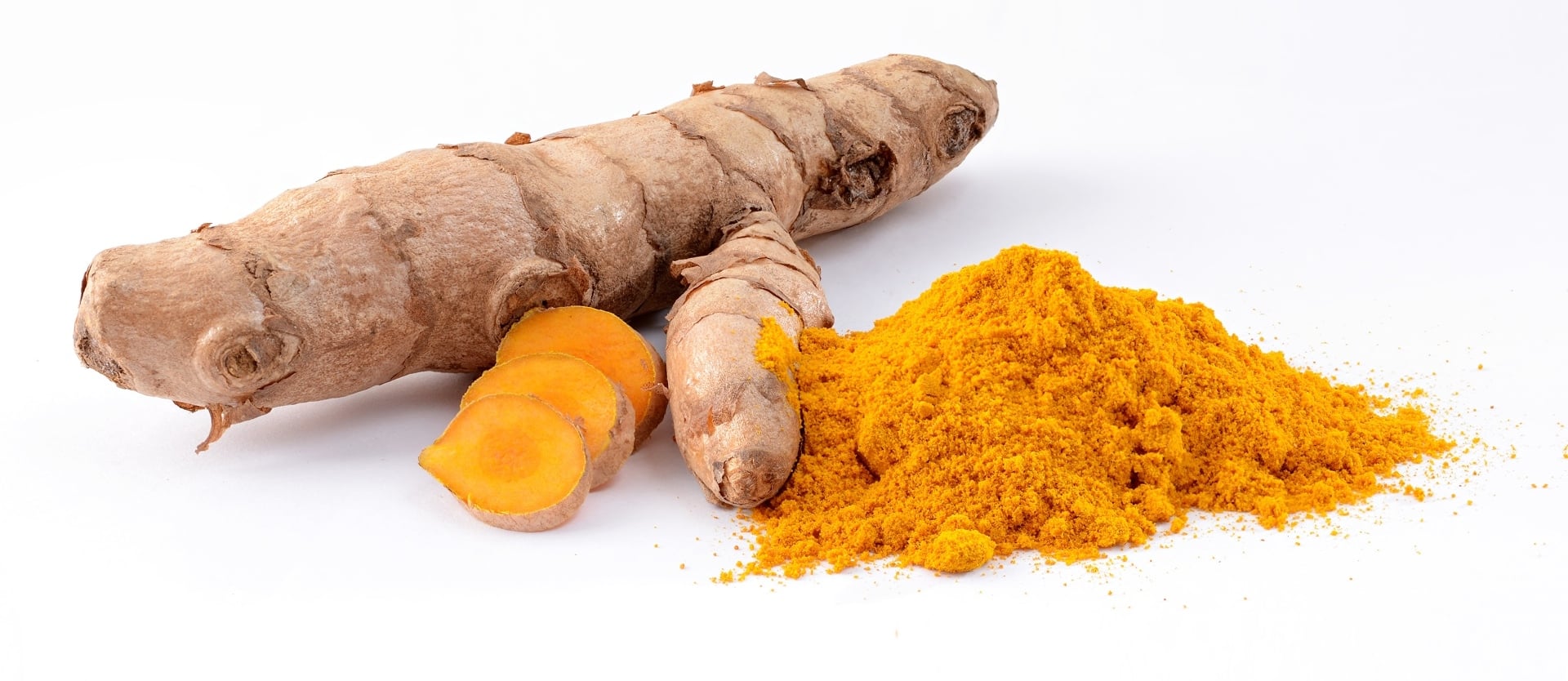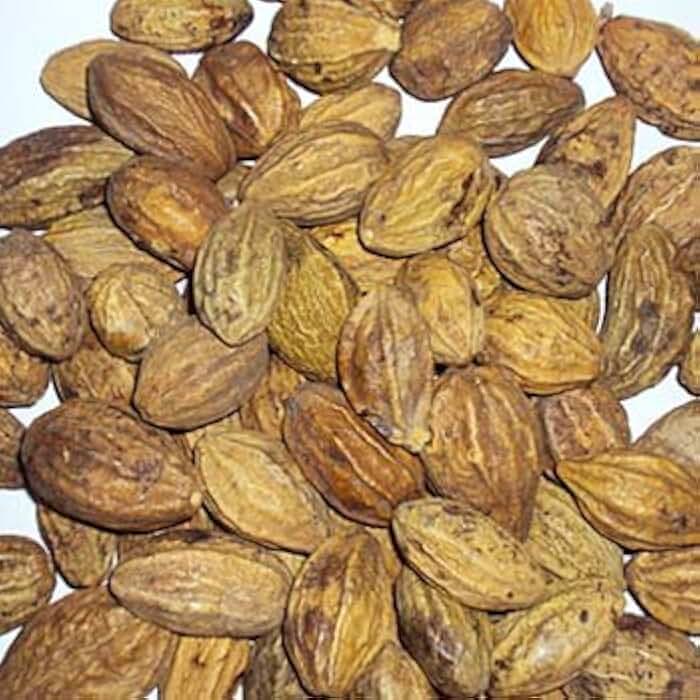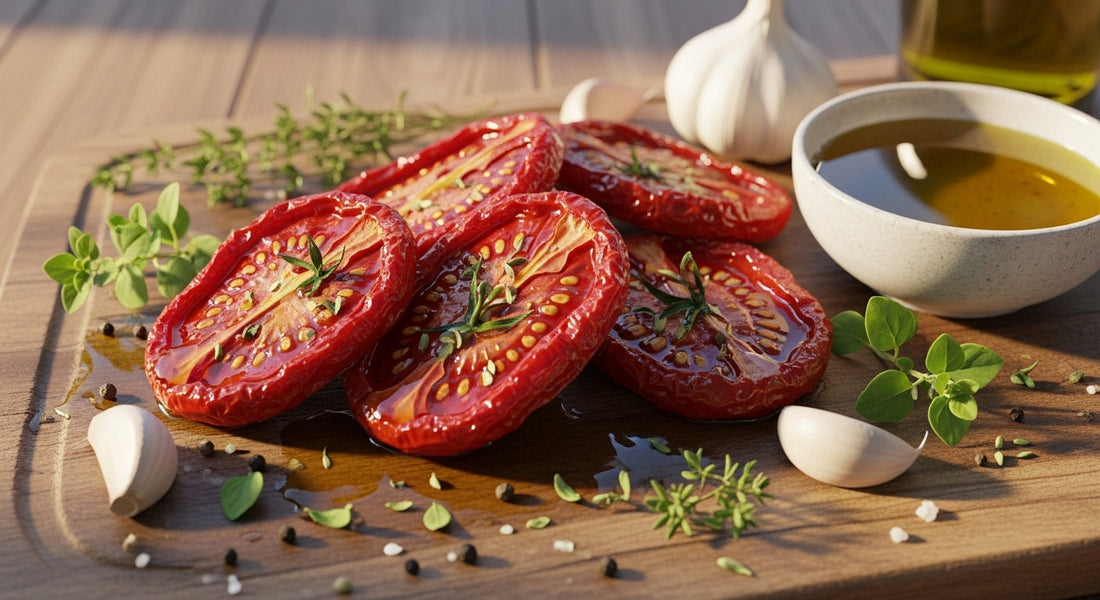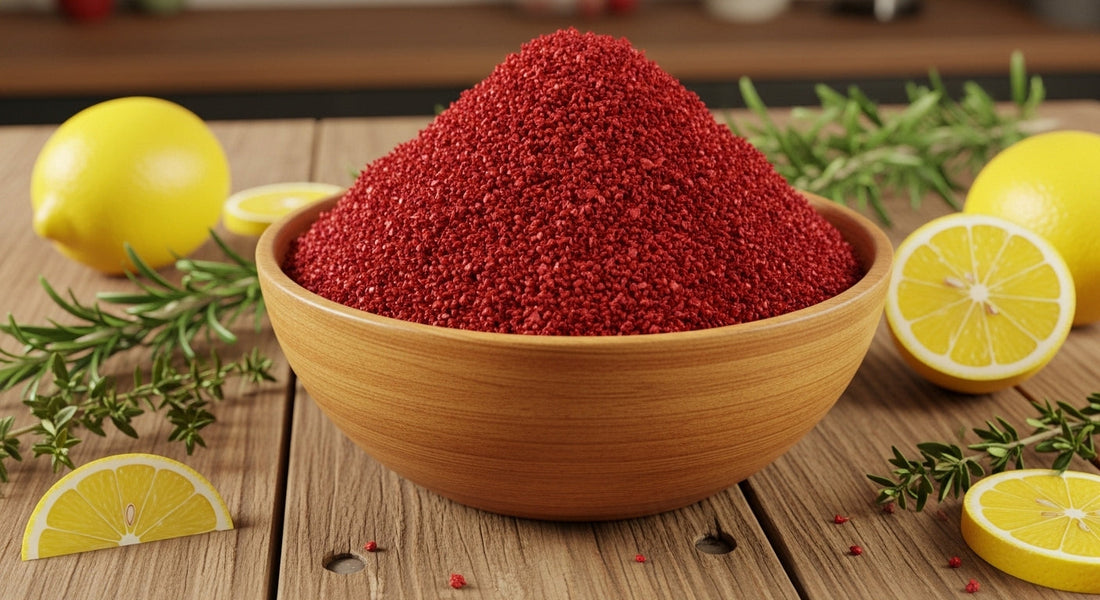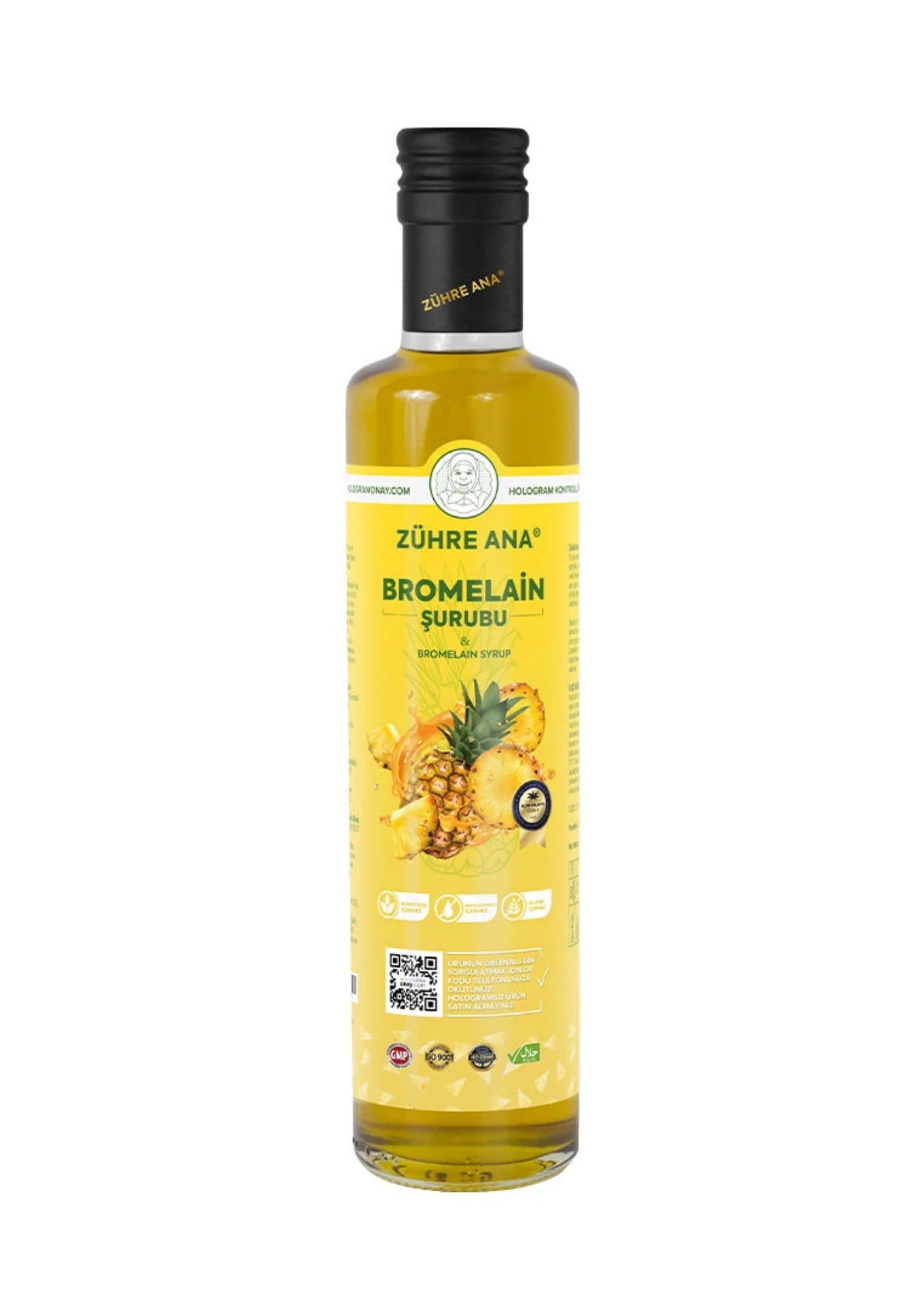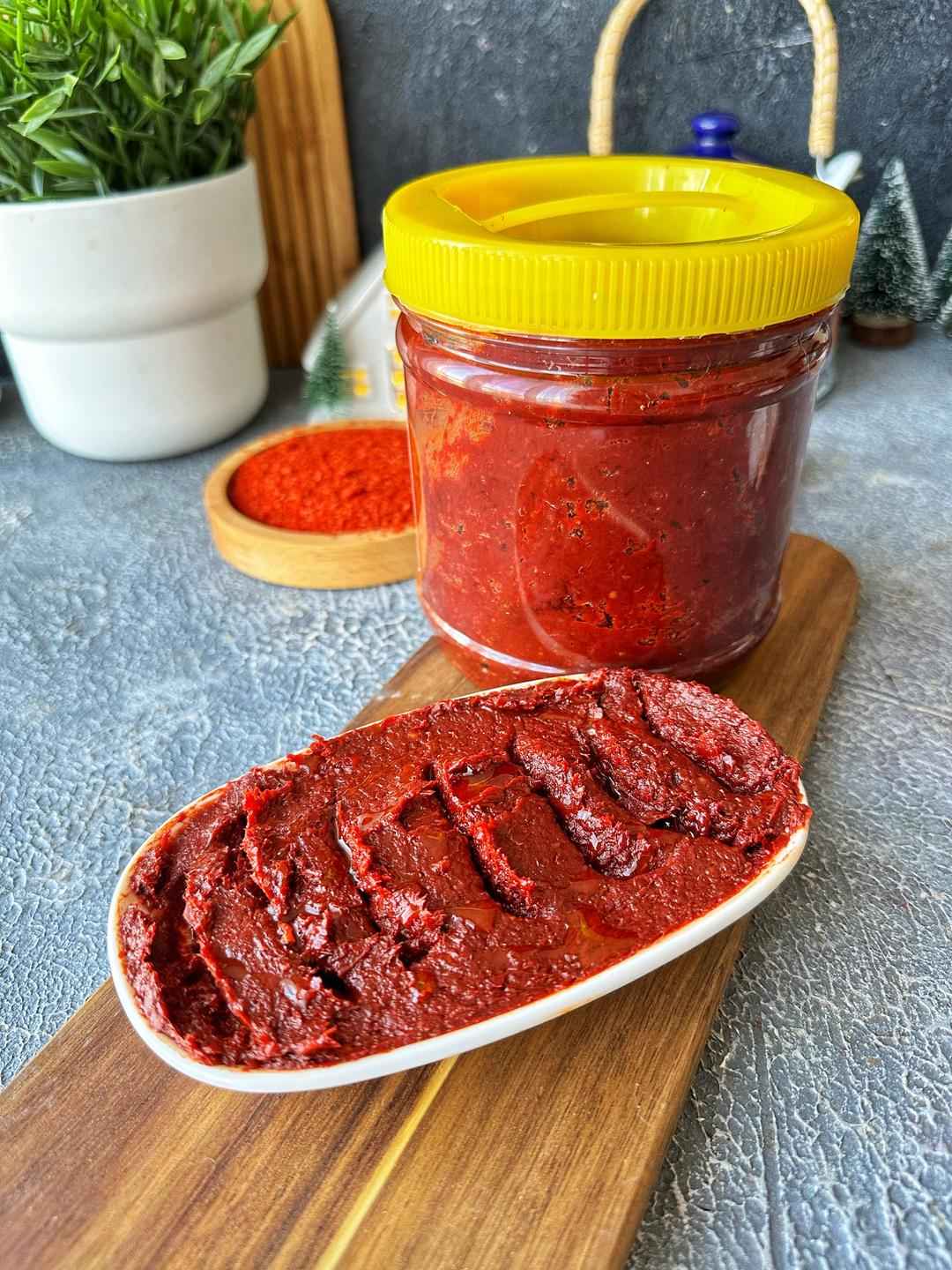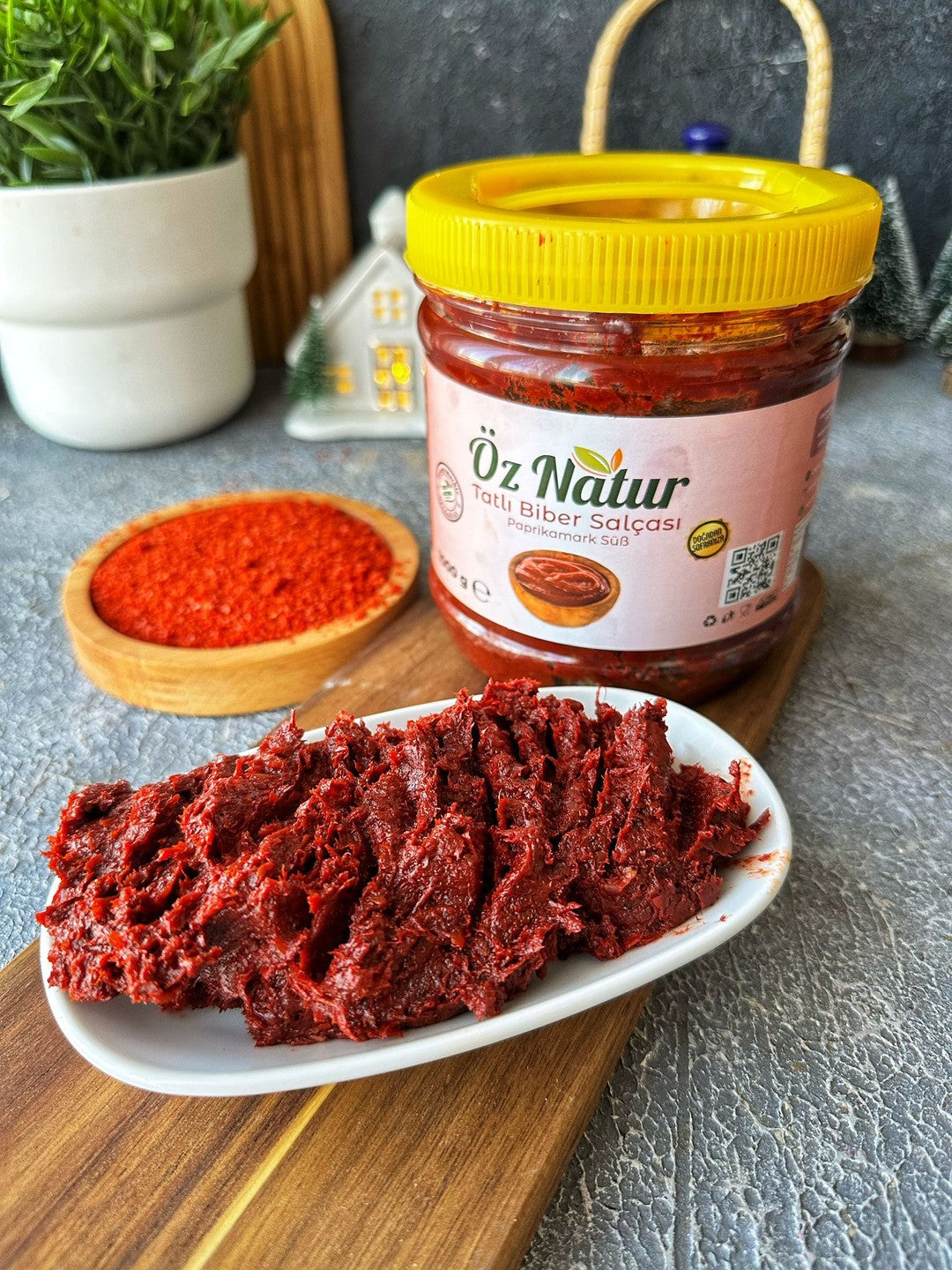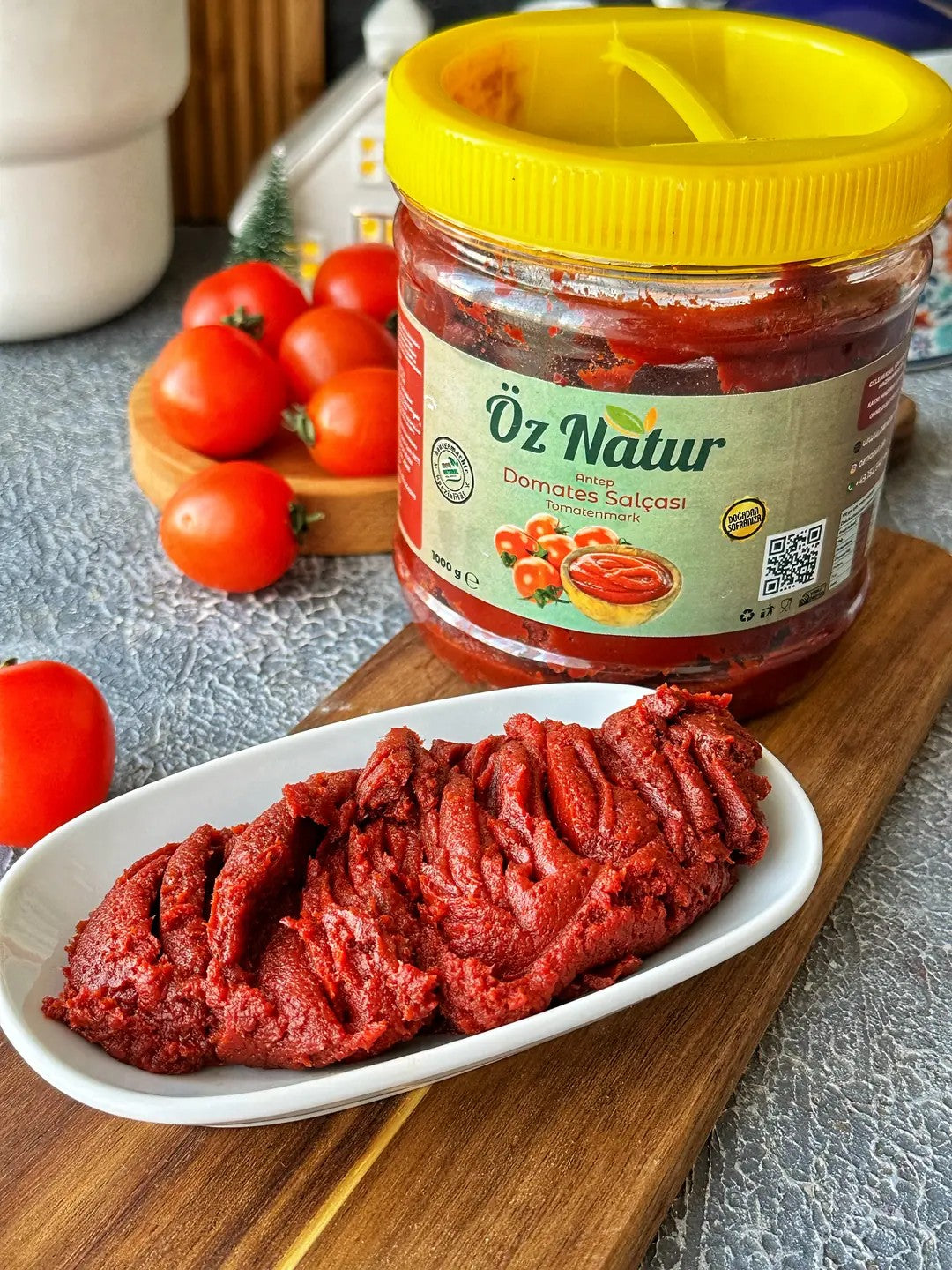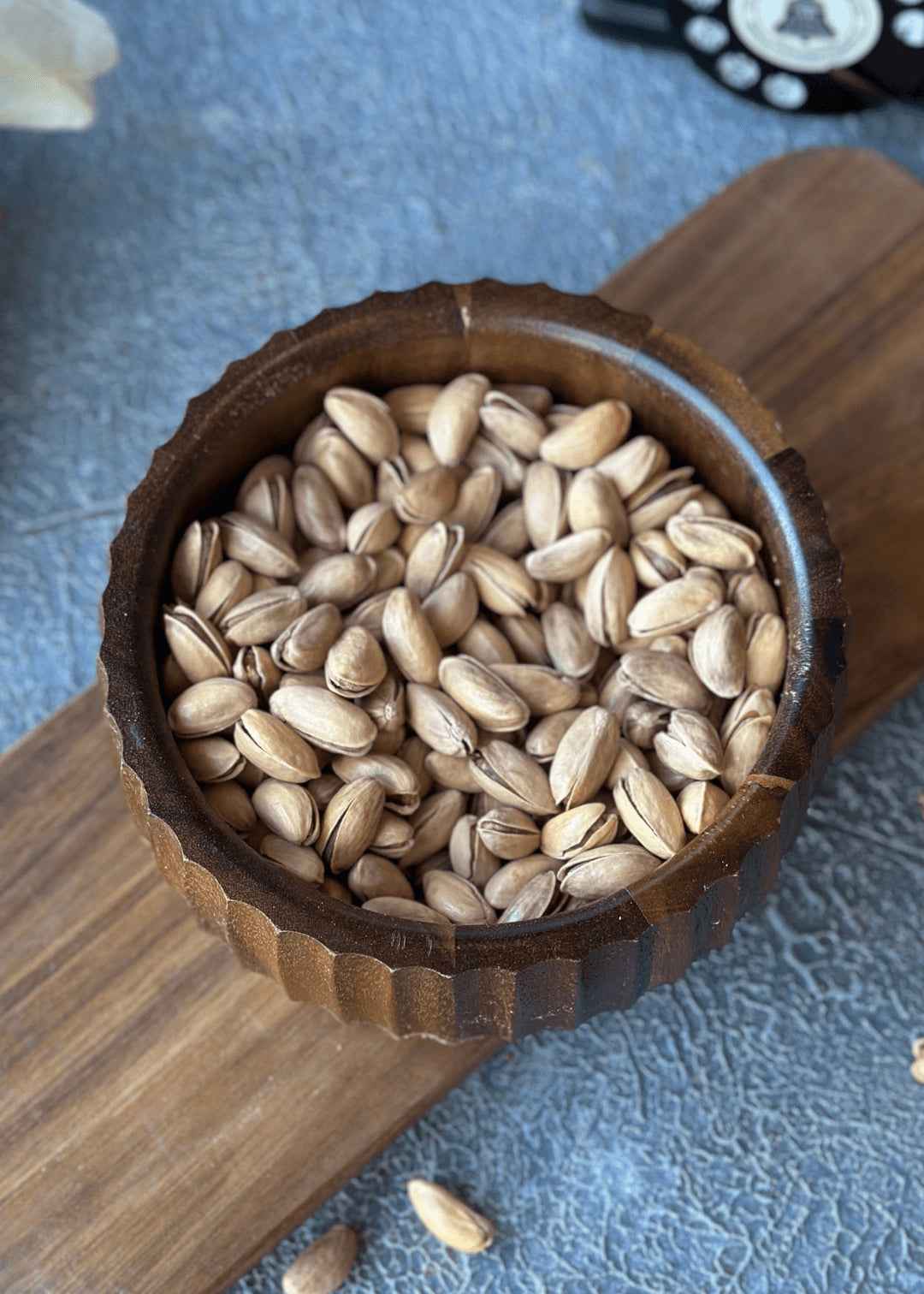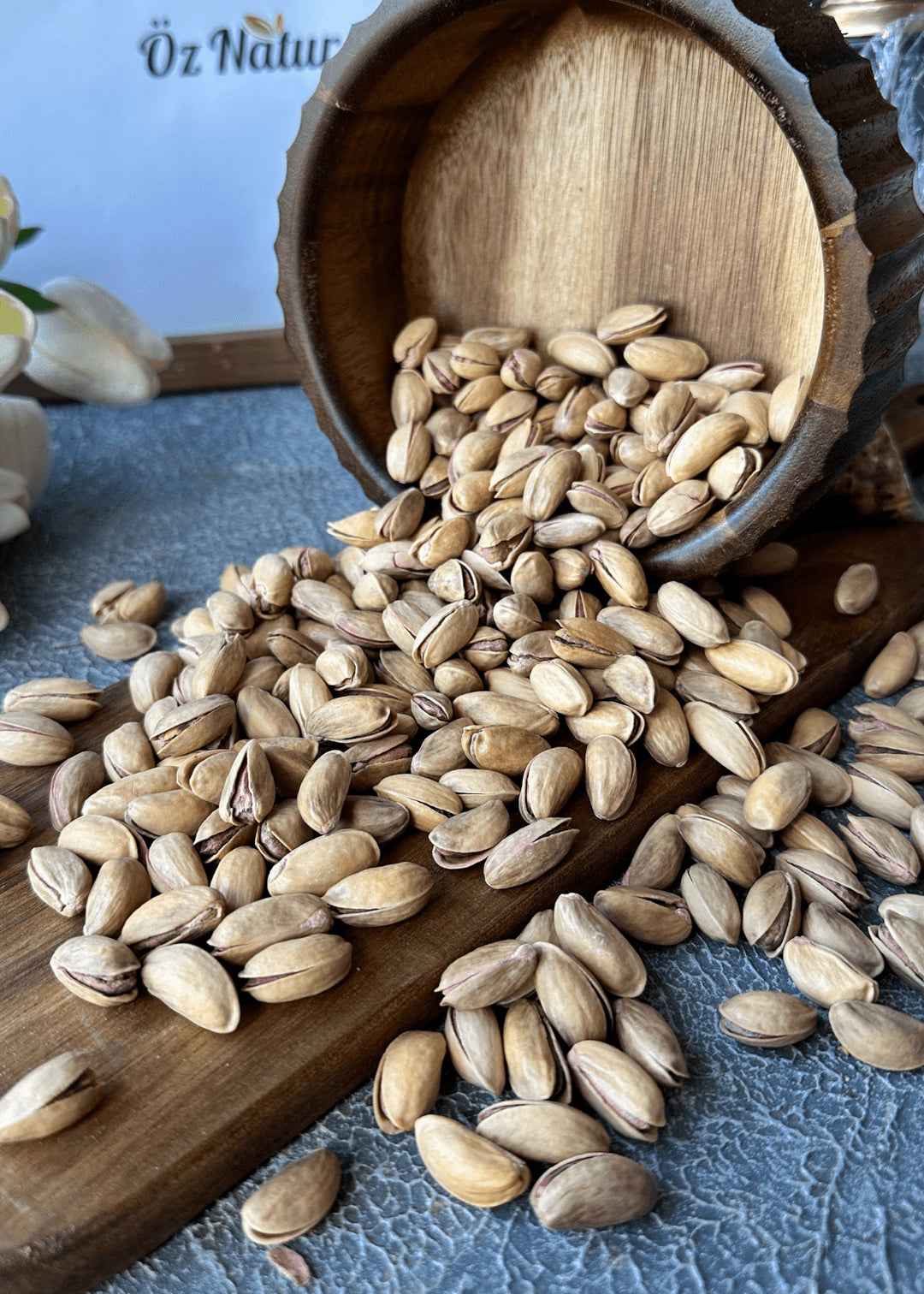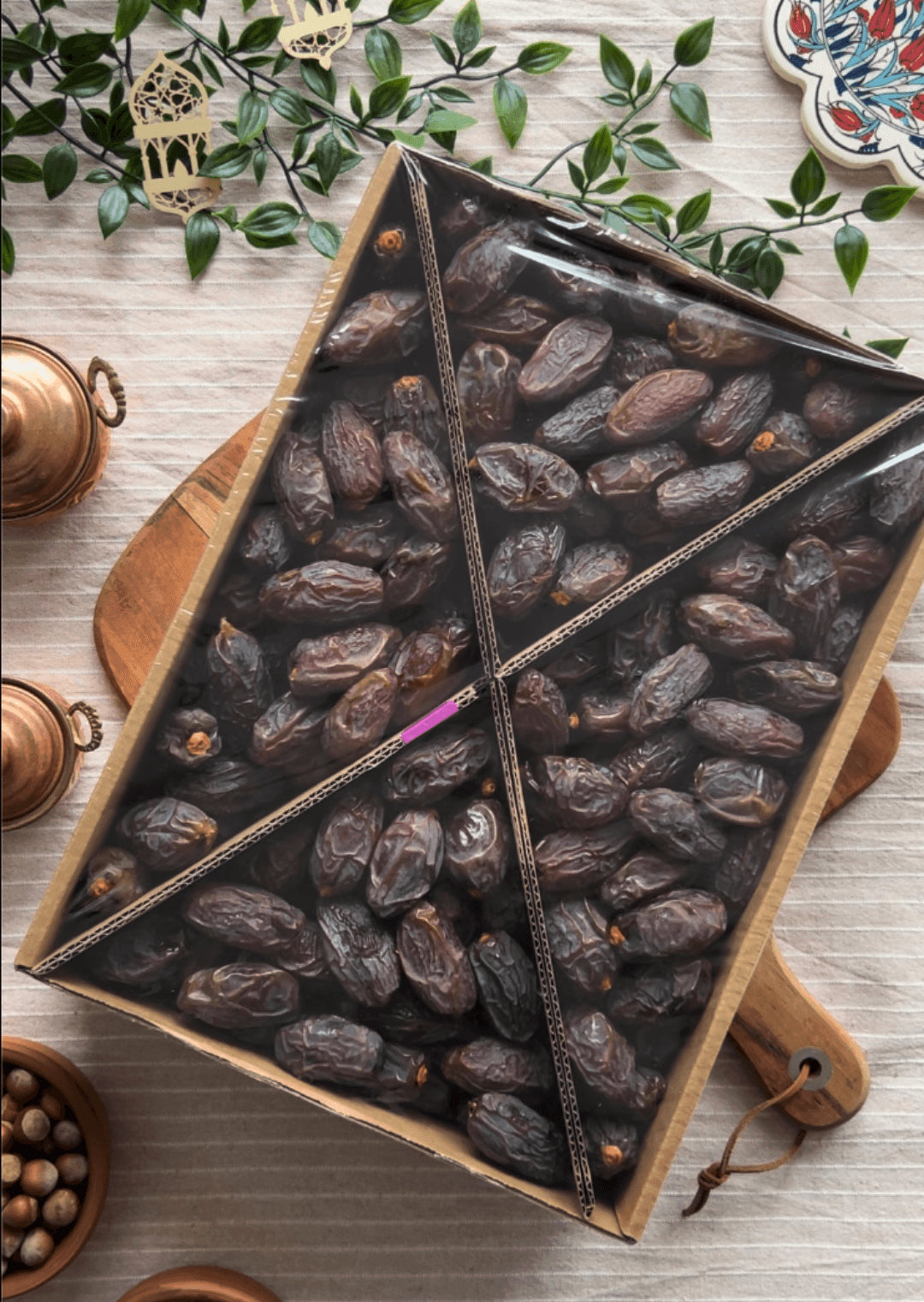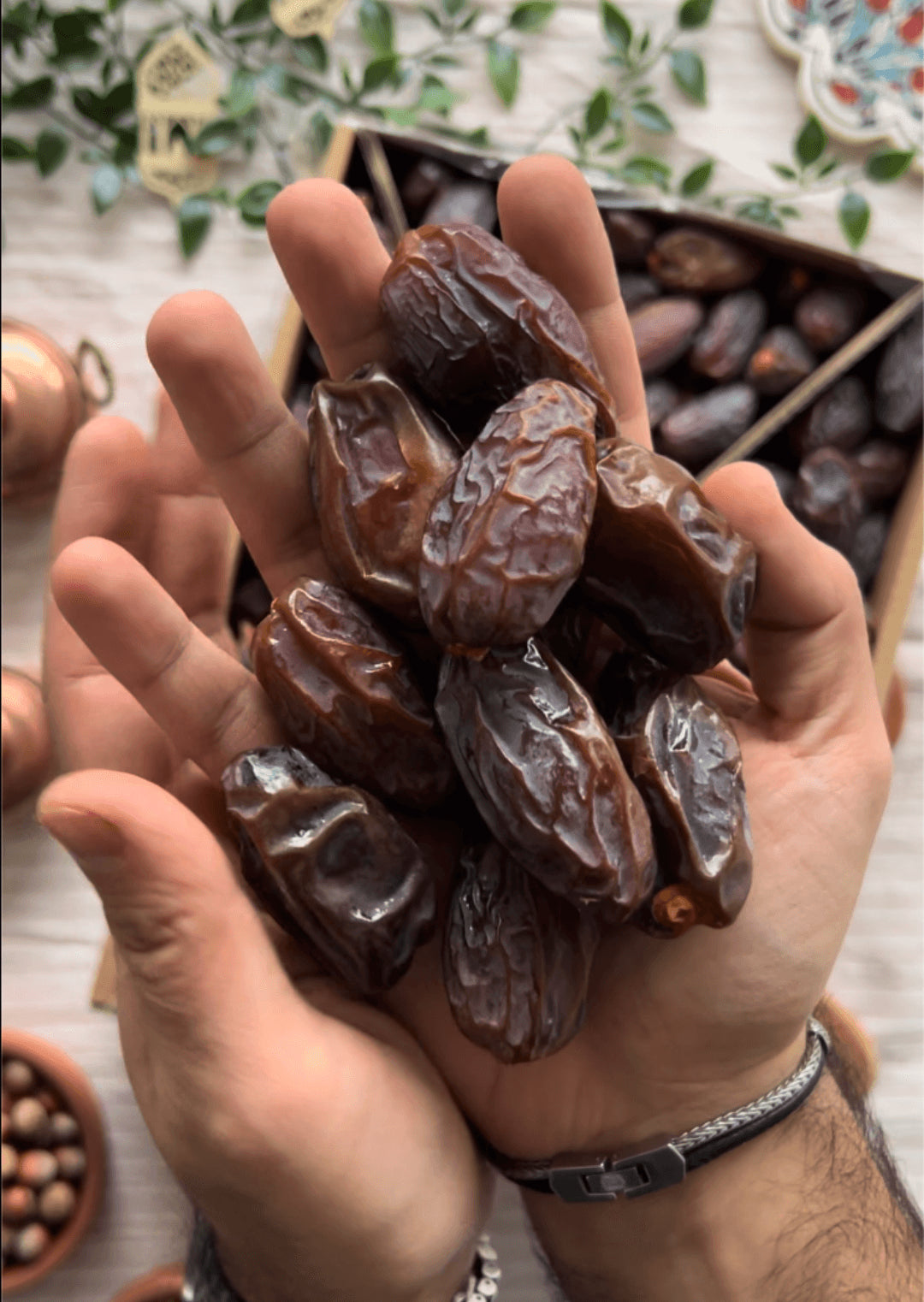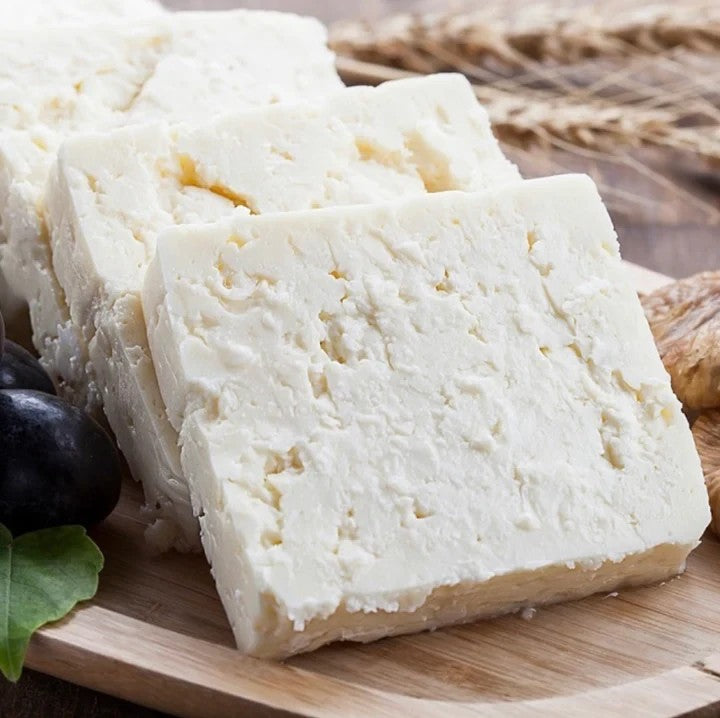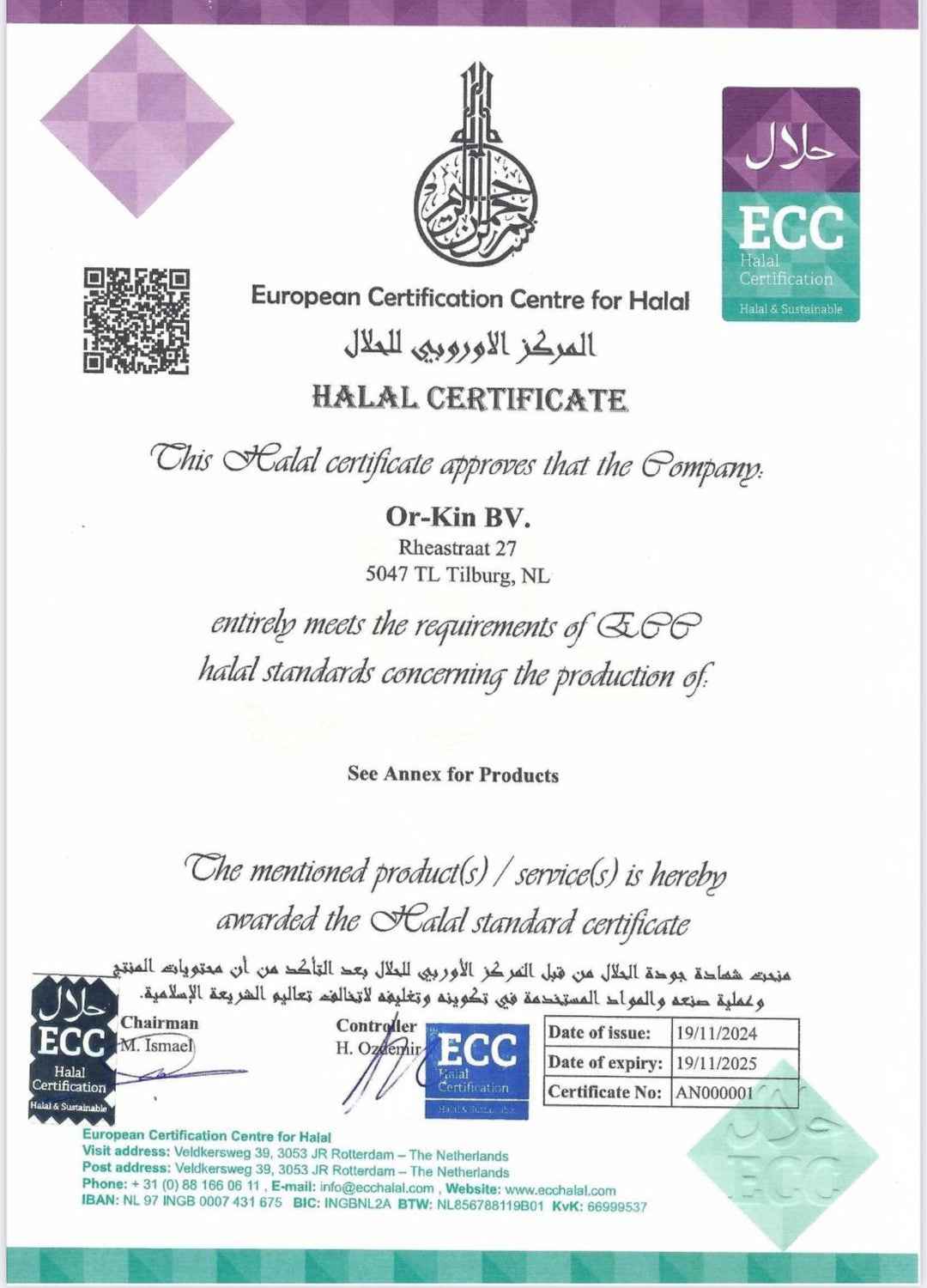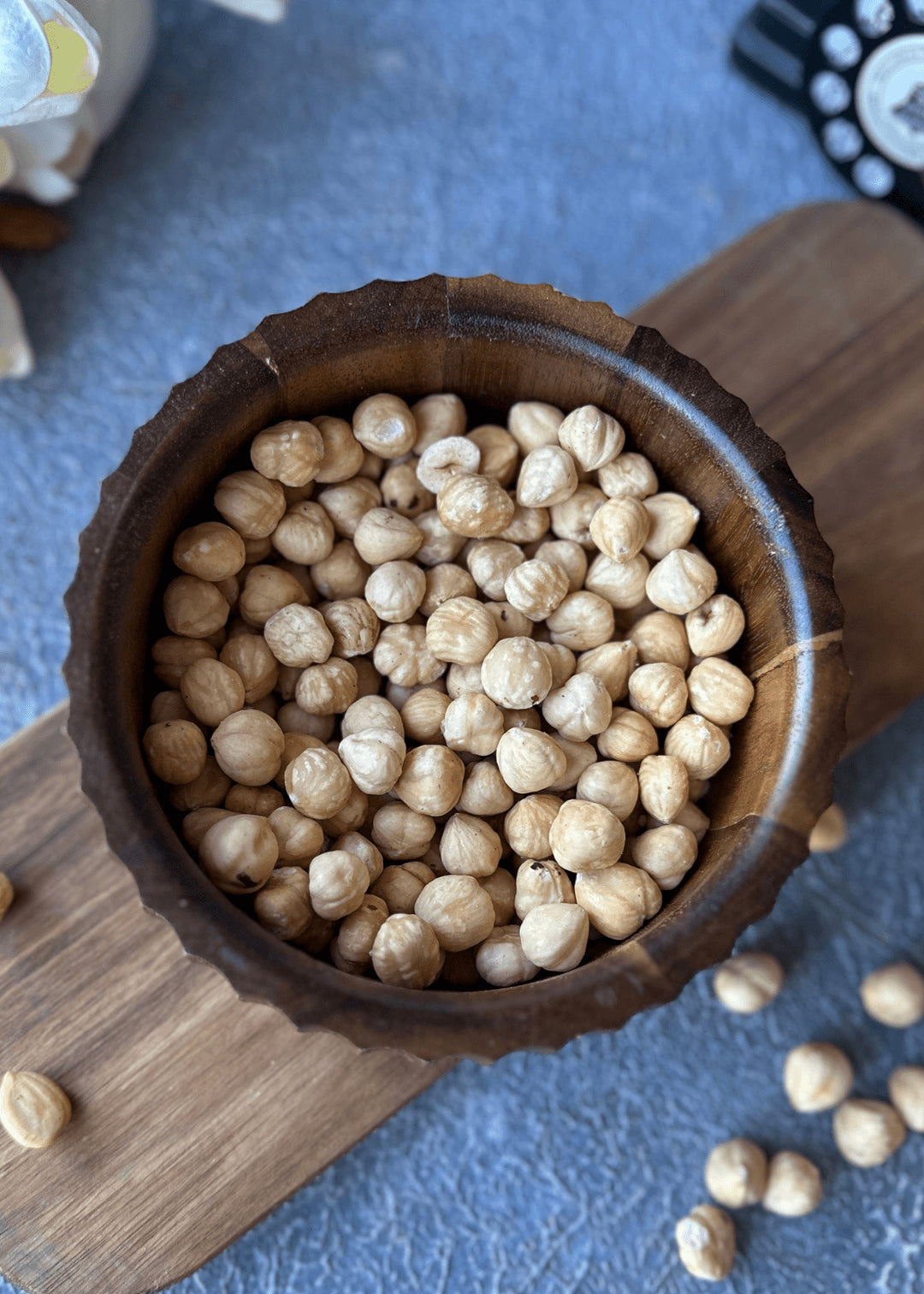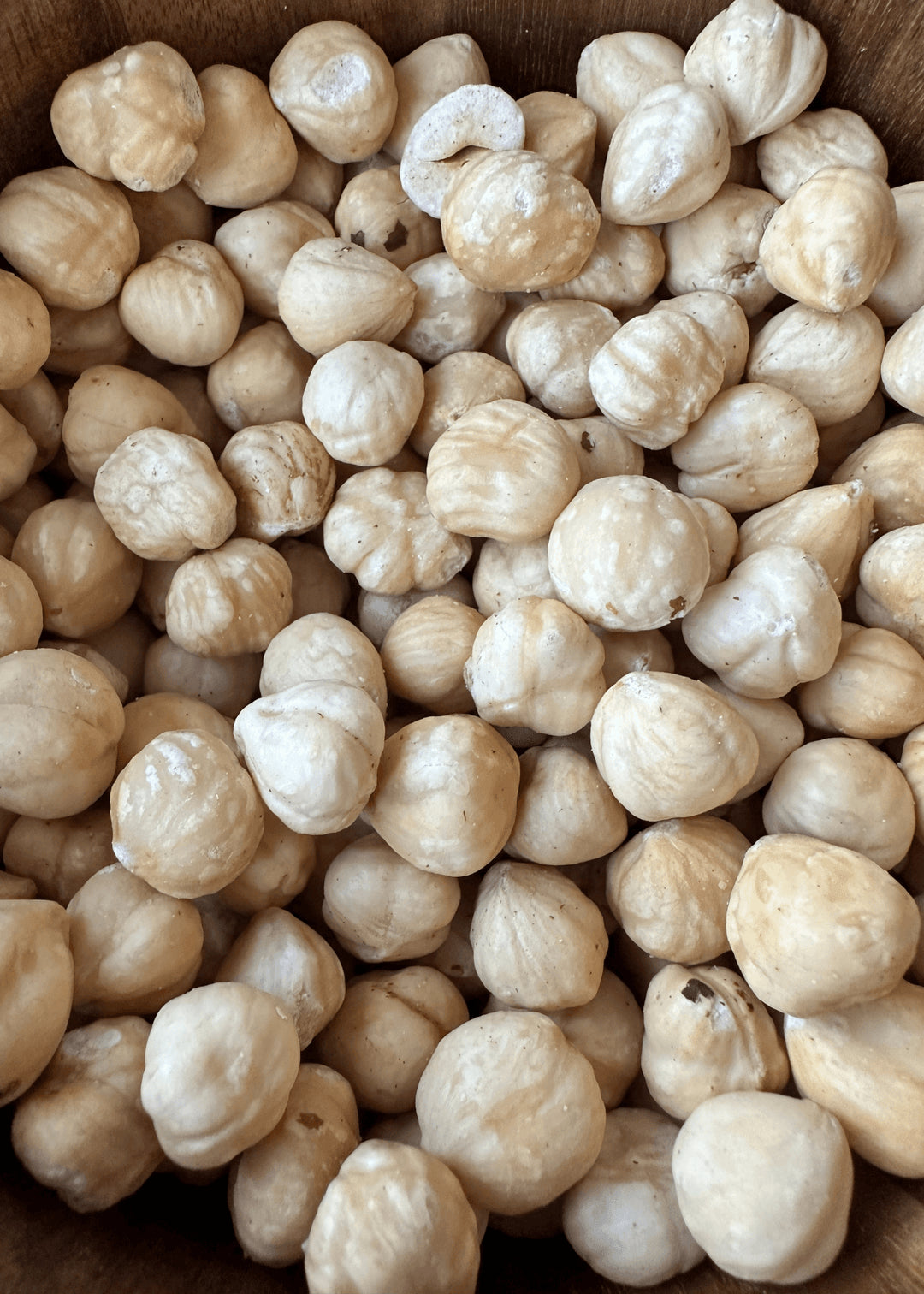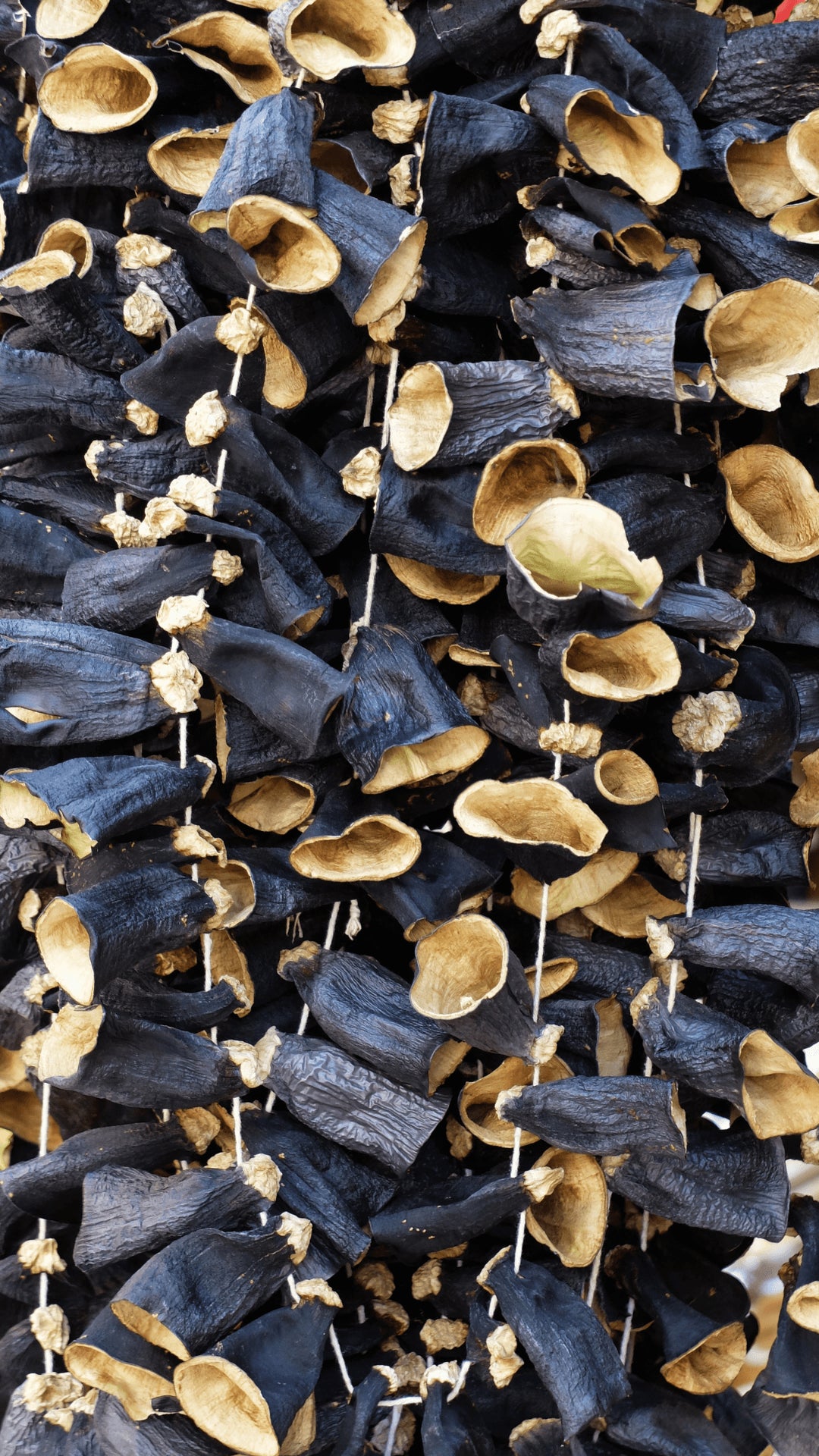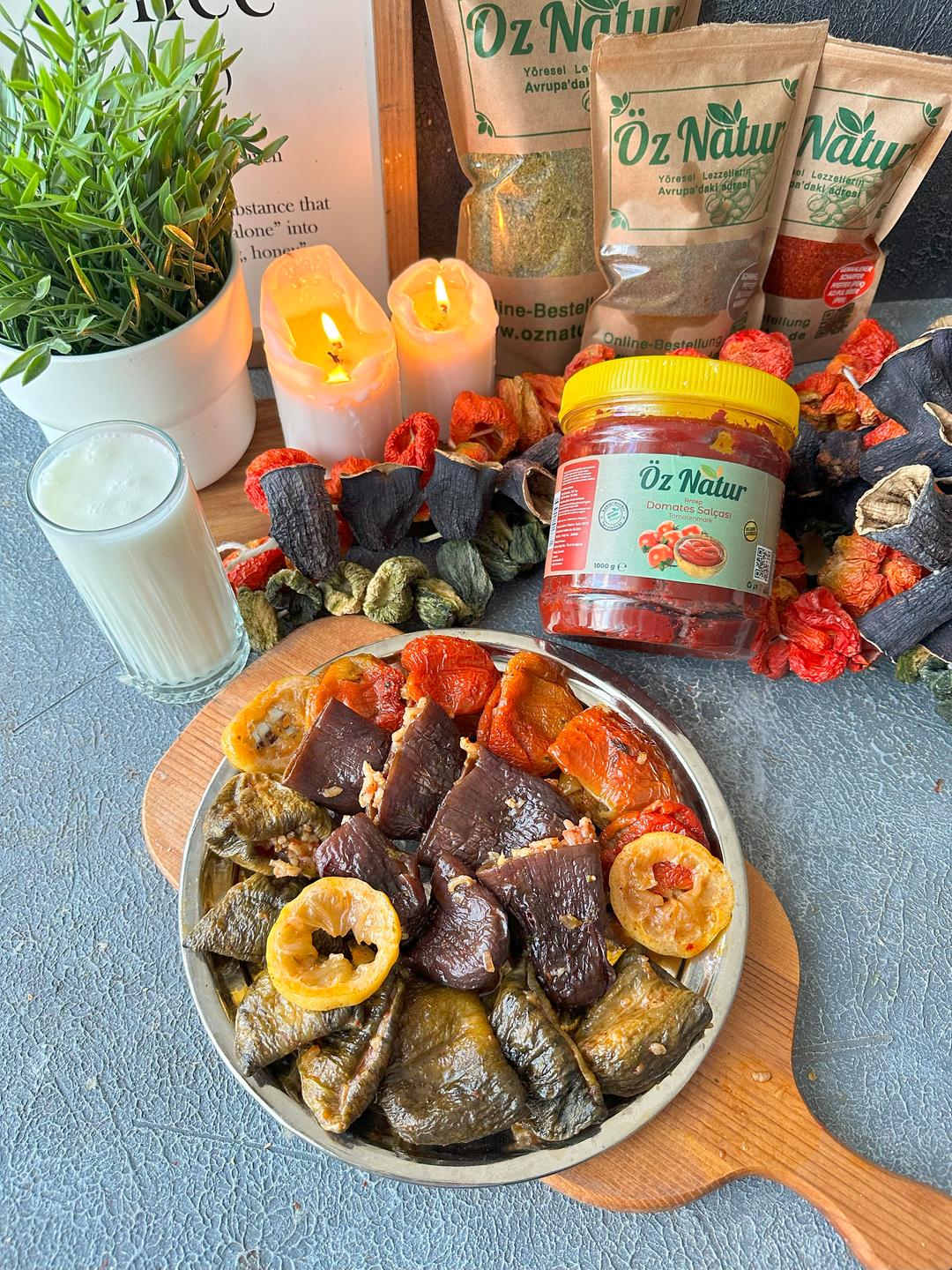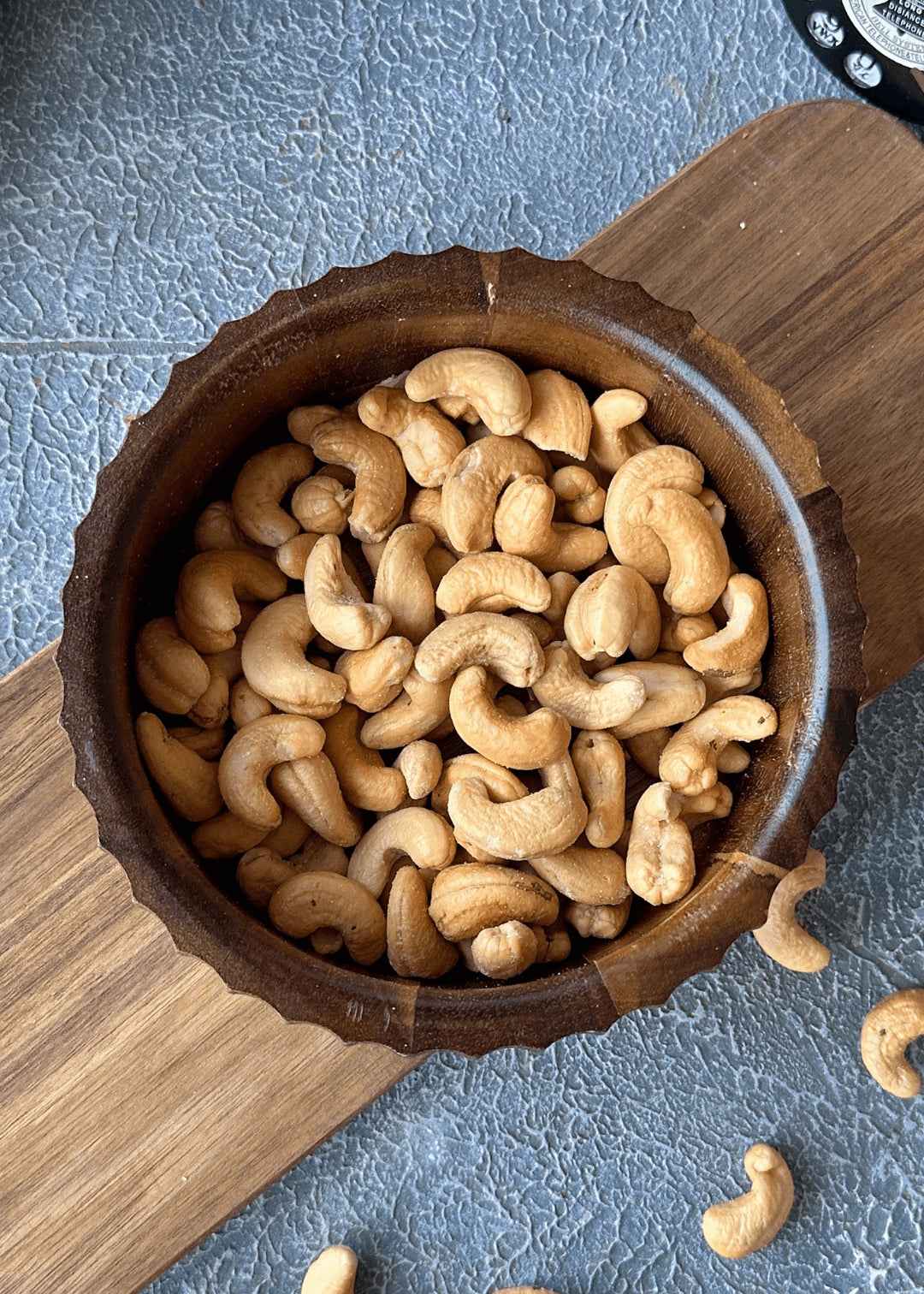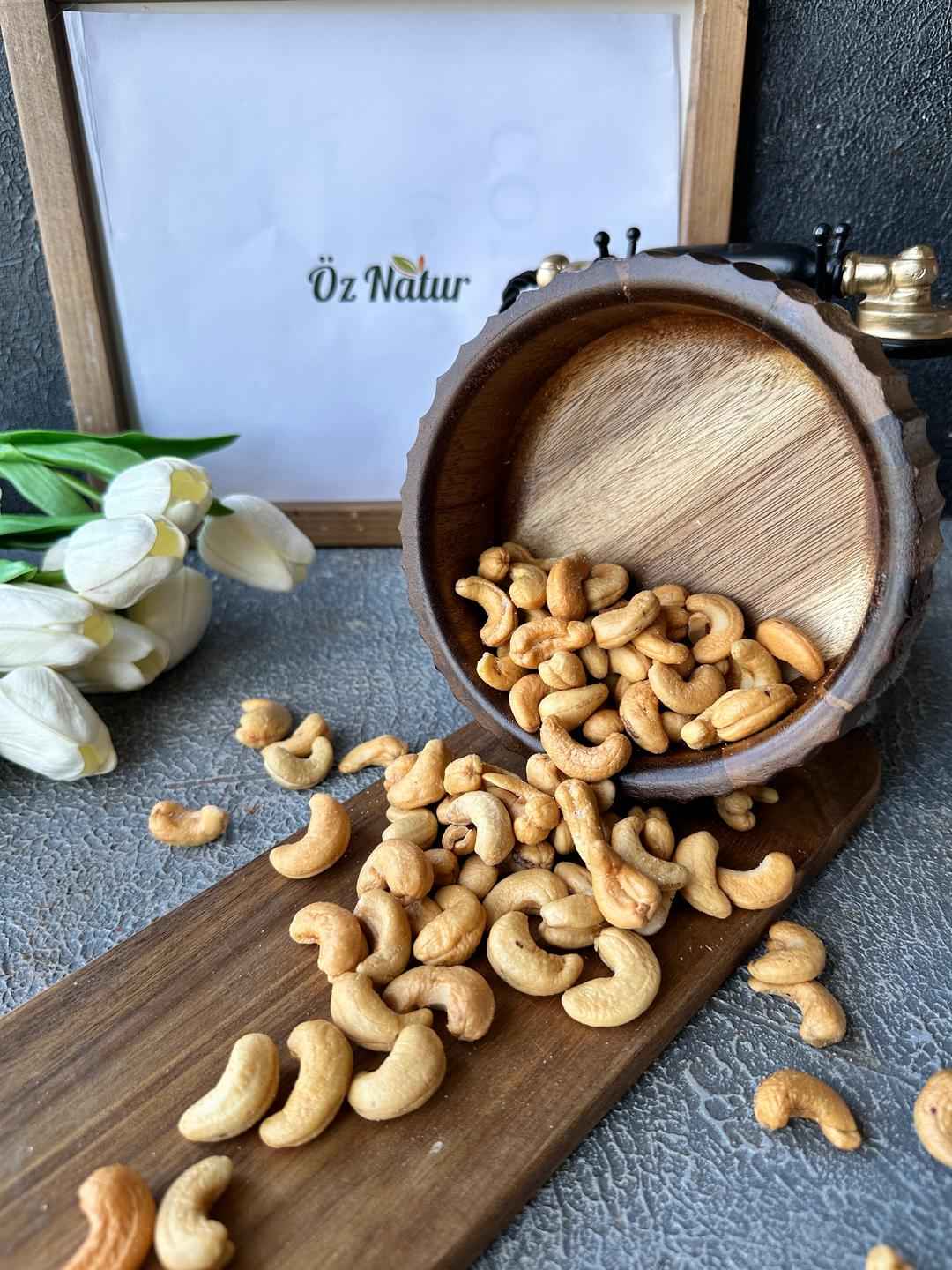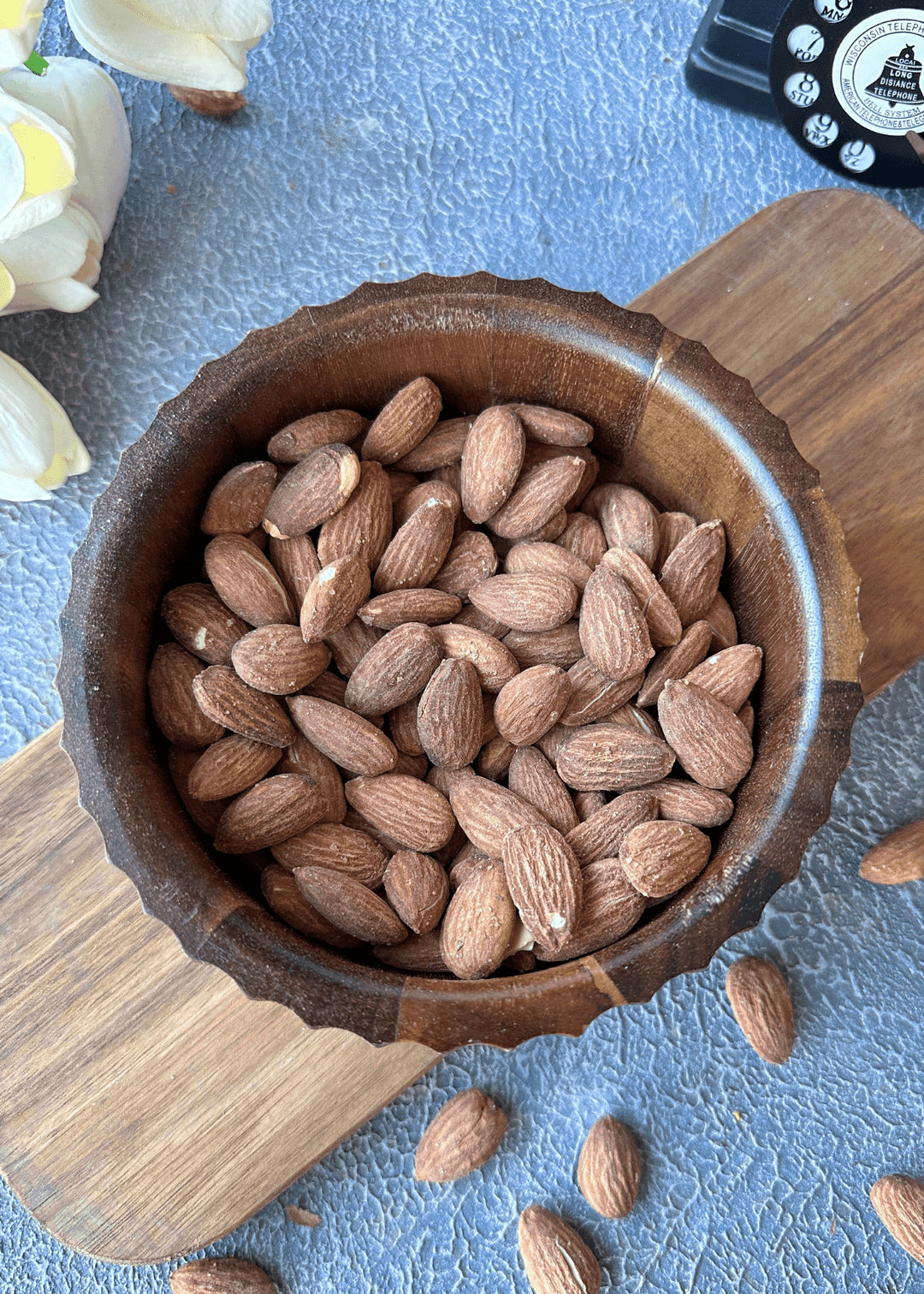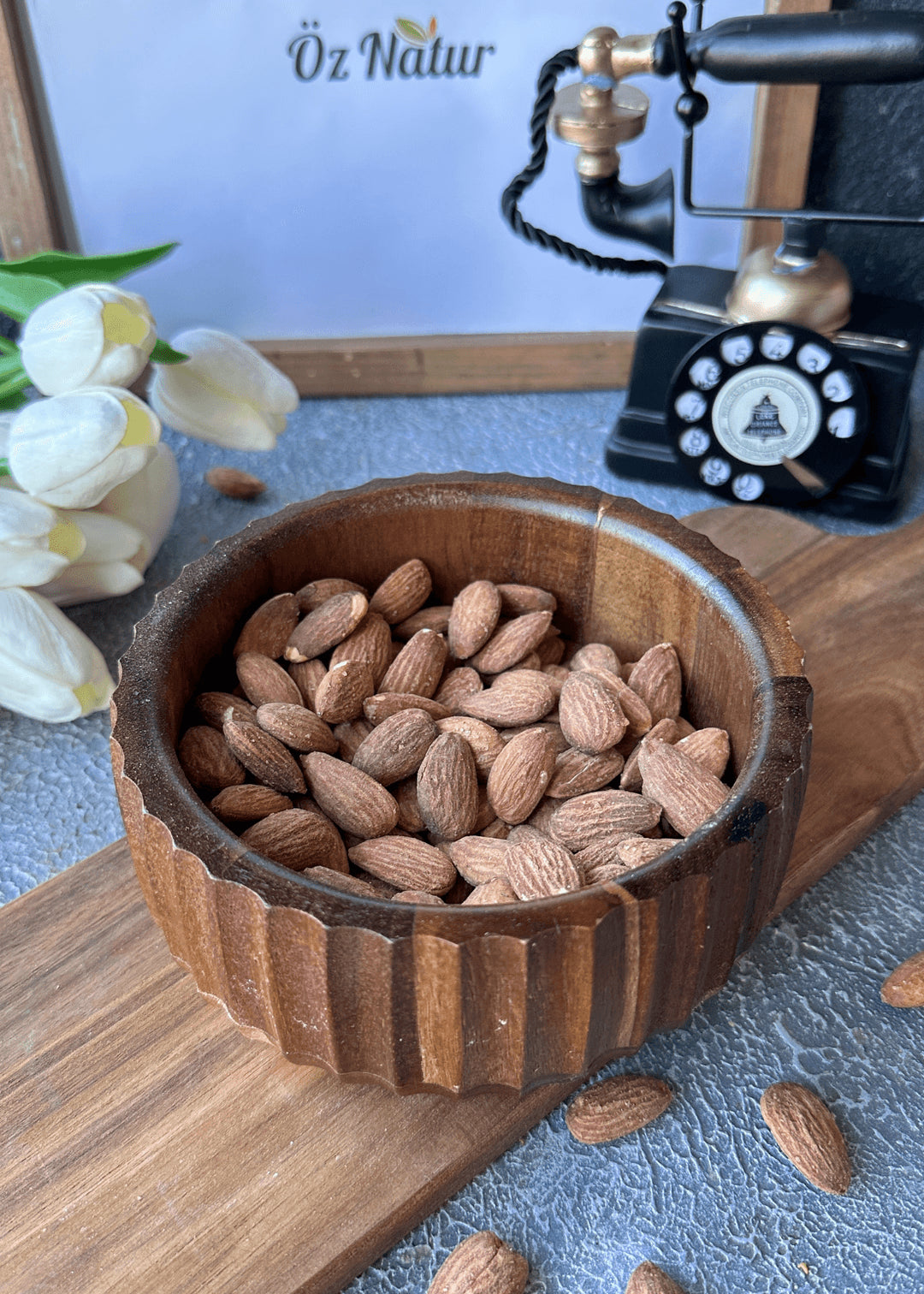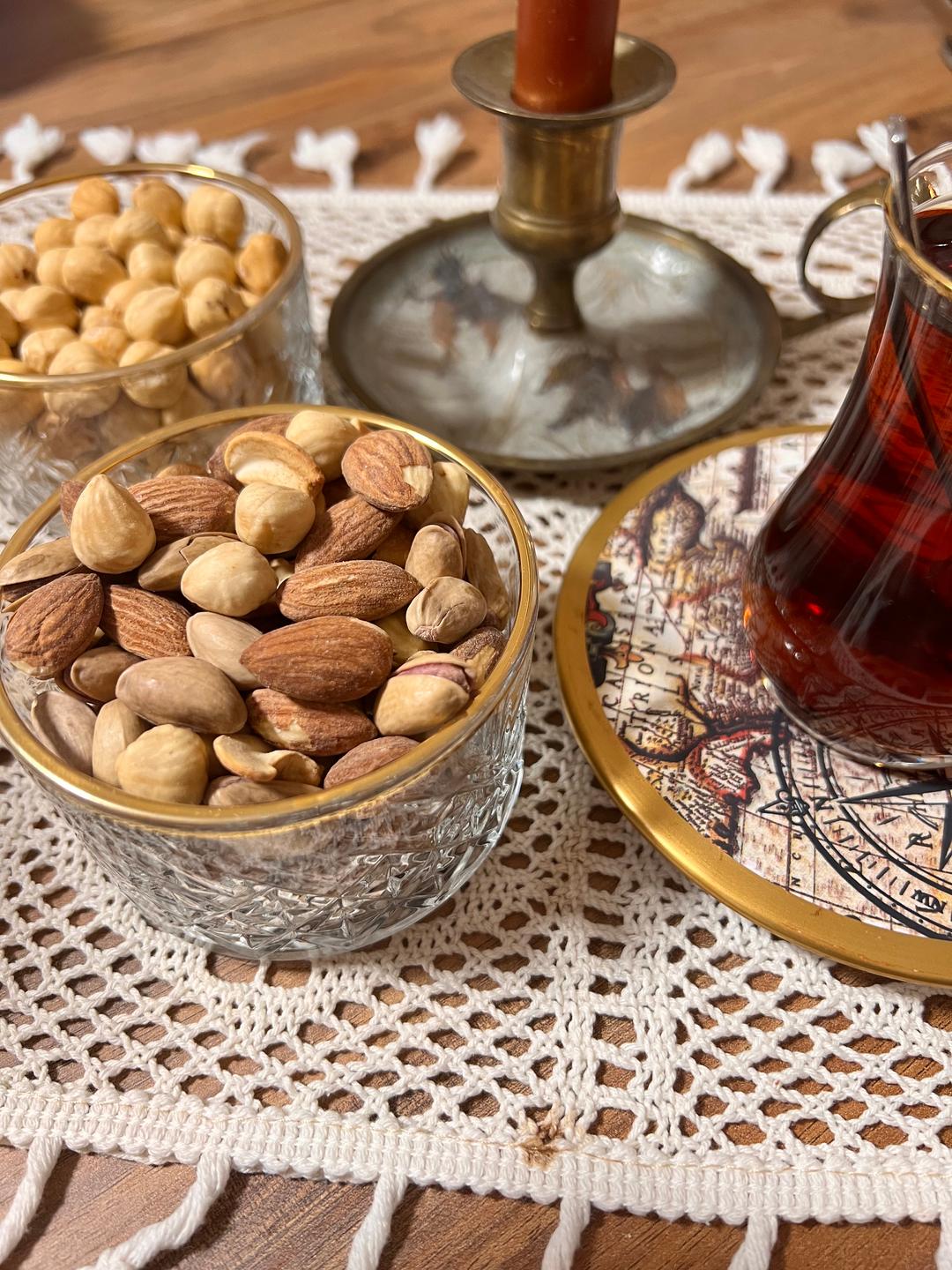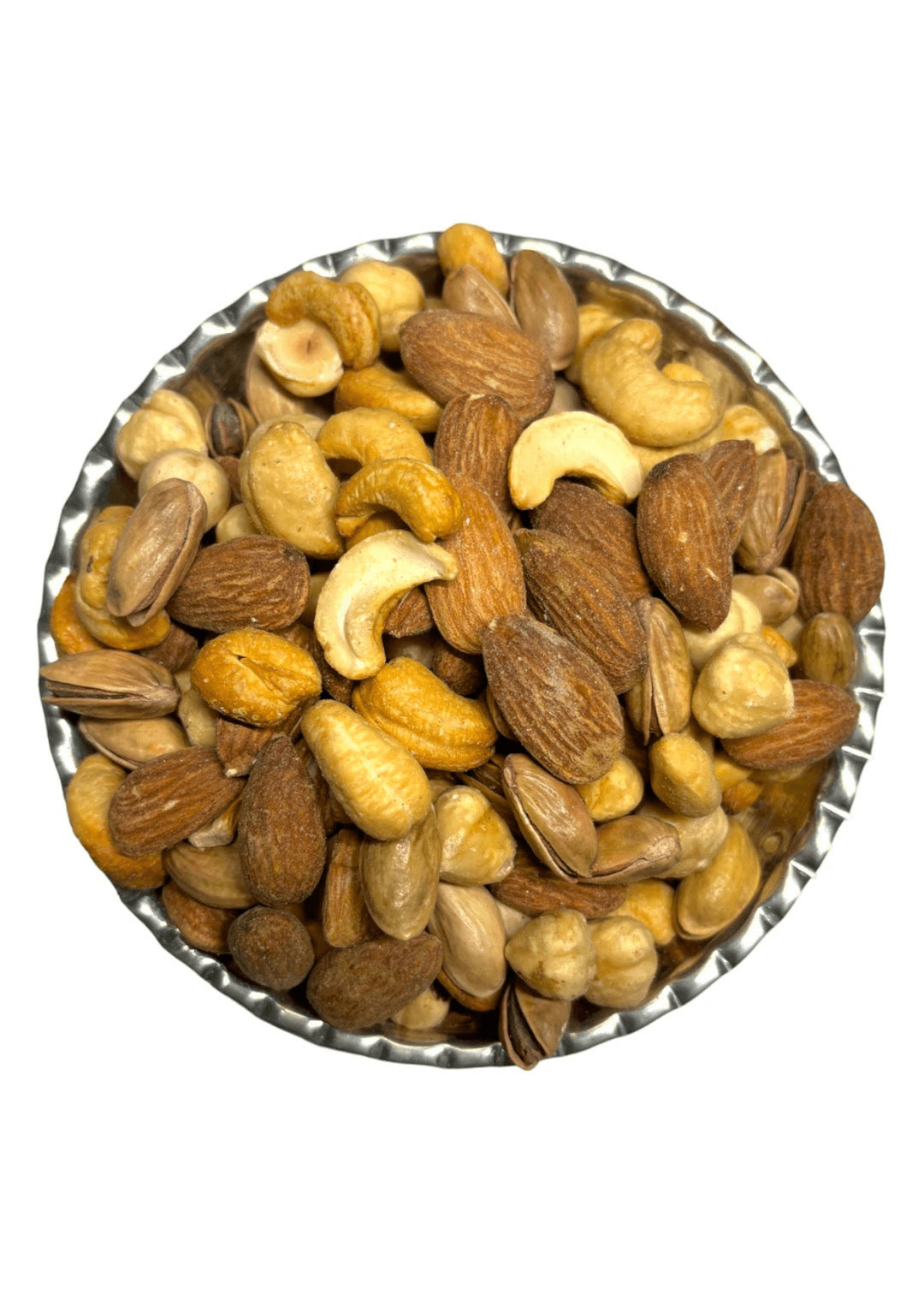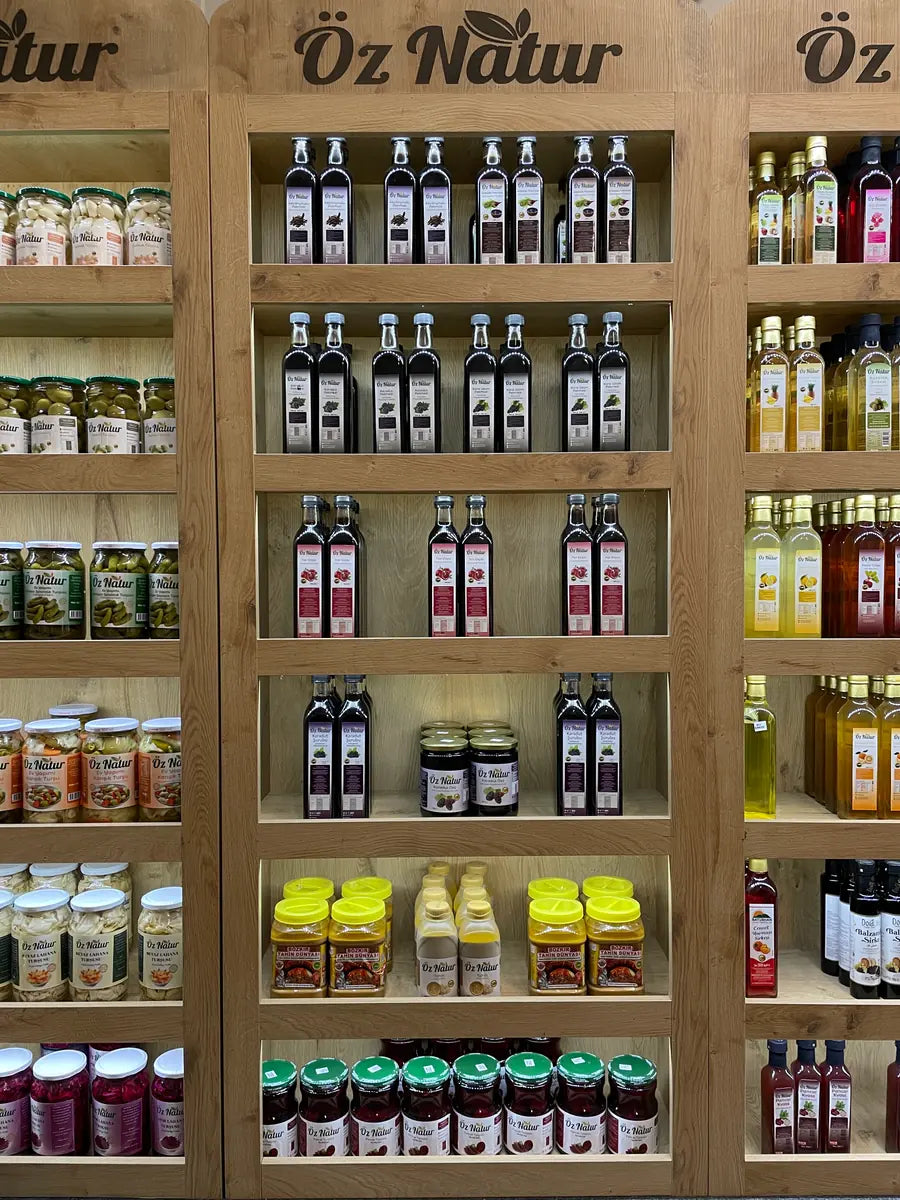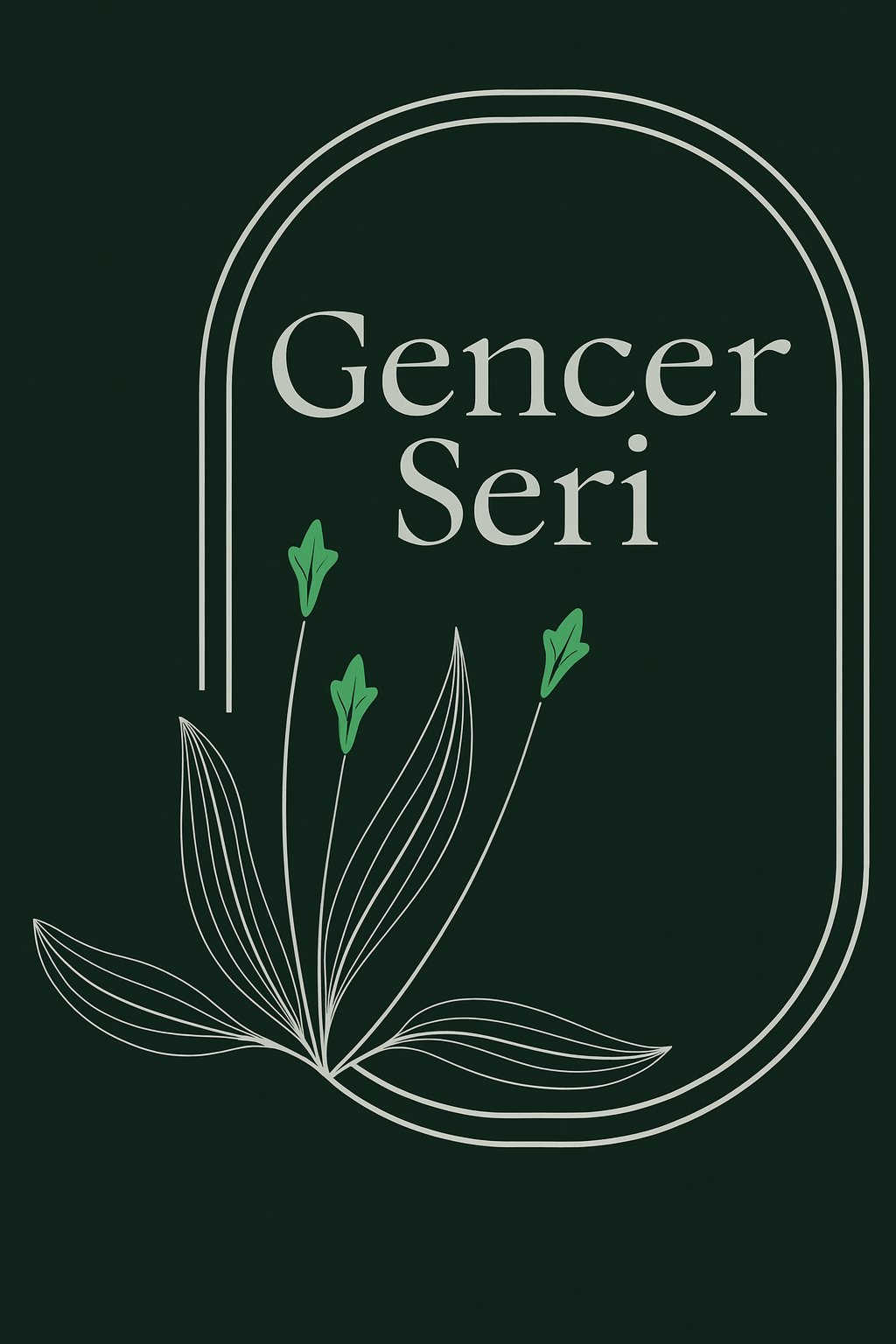Turmeric (Curcuma longa) is one of the essential spices in Asian cuisine, known for its vibrant yellow color and distinctive aroma. Belonging to the ginger family, the root of this plant is dried and ground into a fine powder that’s widely used in cooking. The compound called curcumin gives turmeric its characteristic color and flavor intensity. Used in culinary traditions since ancient times, turmeric remains popular today for both its culinary and natural applications.
Turmeric doesn’t just add color — it brings a warm, earthy, slightly bitter taste that enhances the character of many dishes. It’s commonly found in soups, rice dishes, curries, and vegetable recipes. Especially in vegan and vegetarian cooking, turmeric serves as a natural coloring and flavoring agent. It can also be mixed with milk or plant-based milk to make various drinks, allowing it to fit seamlessly into both hot and cold recipes while enriching the overall flavor profile.
The use of turmeric isn’t limited to savory dishes. When added to soups or pilafs, it gives them a visually appealing color and depth. It can also be incorporated into desserts, particularly in milk-based beverages and baked goods, as a natural coloring ingredient. When balanced with other spices, turmeric helps create a rich and layered flavor experience.
What Types of Dishes Can Turmeric Be Used In?
Turmeric is incredibly versatile and can be used in a wide range of dishes to add color, aroma, and depth of flavor. It is a staple in Indian cuisine, where it serves as a key ingredient in curry powders, masalas, and lentil-based dishes such as dal. When combined with spices like cumin, coriander, and chili, turmeric forms a robust base for gravies and sauces.
In Southeast Asian cooking, turmeric is used in both dry rubs and marinades. For instance, it can be used to coat chicken or tofu before grilling, giving it a golden, slightly smoky finish. In Indonesian and Thai recipes, turmeric is often used in coconut milk-based soups and curries to impart its earthy tone and health properties.
Western cuisines are also embracing turmeric in new ways. Chefs incorporate it into soups, salad dressings, roasted vegetables, and even pasta sauces. It’s becoming common to see turmeric added to health-oriented breakfast recipes like smoothies, granola, scrambled eggs, or savory porridge.
Baking with turmeric is another emerging trend. While not traditionally used in sweet dishes, turmeric pairs surprisingly well with citrus flavors and spices like cinnamon and ginger. It appears in turmeric muffins, cookies, breads, and even cakes, offering a warm flavor and a stunning golden hue.
How Should Turmeric Be Stored?
When stored properly, turmeric powder retains its aroma and potency for a long time. The best method is to keep it in airtight, lightproof glass jars placed in a cool, dry environment. This helps preserve both its color and fragrance.
Loose, unpackaged turmeric tends to lose its effectiveness more quickly. Therefore, it’s best to buy sealed, high-quality products from reliable sources. Once opened, the container should be tightly closed and kept away from direct sunlight. If the powder shows signs of color fading or changes in smell, it may have lost its freshness.
In addition to powdered form, fresh turmeric root can also be found in some stores. Fresh roots should be kept in the refrigerator and used within a short time. Dried slices are another option, though they generally offer a milder aroma compared to fresh turmeric.
To prevent moisture damage, it’s important to store turmeric in a dry place. Placing a small sachet of rice or a moisture absorber inside the jar can help keep it fresh. This simple trick helps maintain the spice’s aroma and ensures it remains a reliable ingredient for your recipes.
What Are the Other Uses of Turmeric?
Turmeric isn’t just a kitchen staple — it’s also used in a variety of other areas. Besides adding flavor and color to food, it’s a popular ingredient in skincare products such as facial masks, body scrubs, and natural soaps.
It’s also found in herbal blends and dietary supplements, offering versatility in both culinary and wellness applications. Its aromatic nature makes it a favorite ingredient in both cooking and homemade natural products.
Because of its natural dyeing properties, turmeric is also used in textiles and crafts. It can color fabrics and handmade items with its rich golden tone, adding aesthetic value. These traditional uses highlight the spice’s deep cultural and natural roots.
Thanks to its versatile and aromatic nature, turmeric enhances dishes, beverages, and creative crafts alike. From traditional recipes to modern kitchens, it continues to be a key ingredient that adds both beauty and character to creations around the world.


